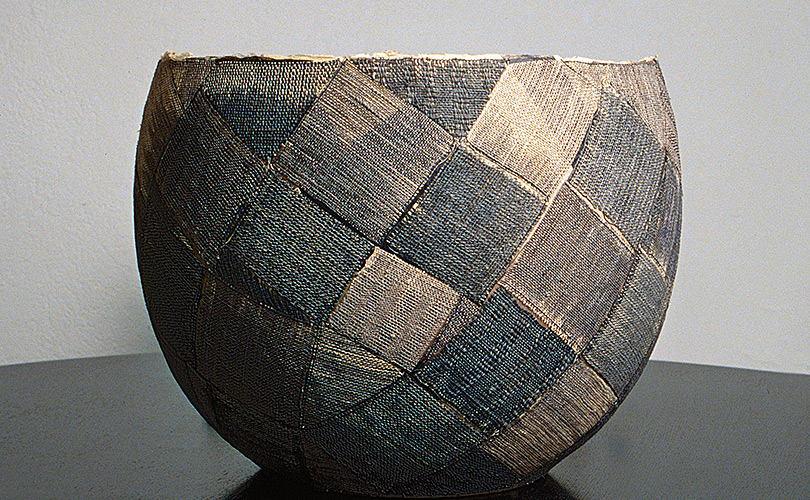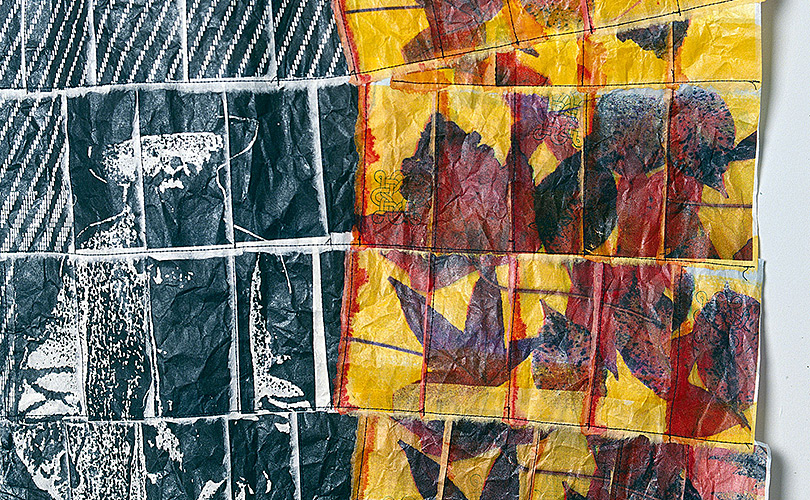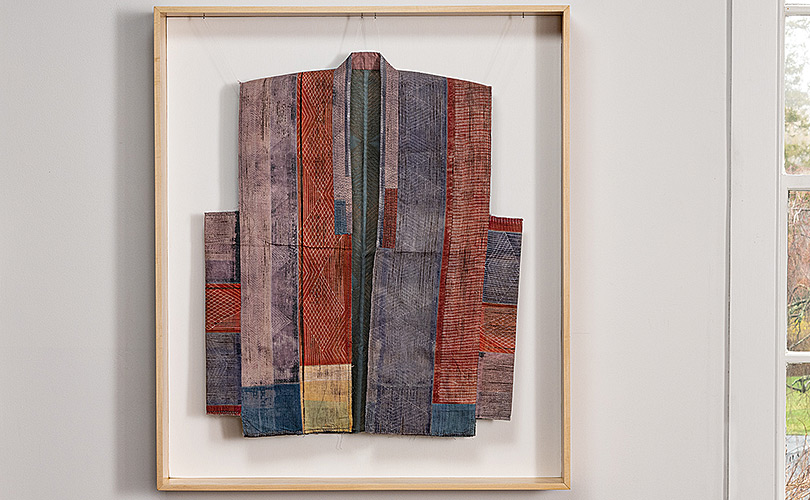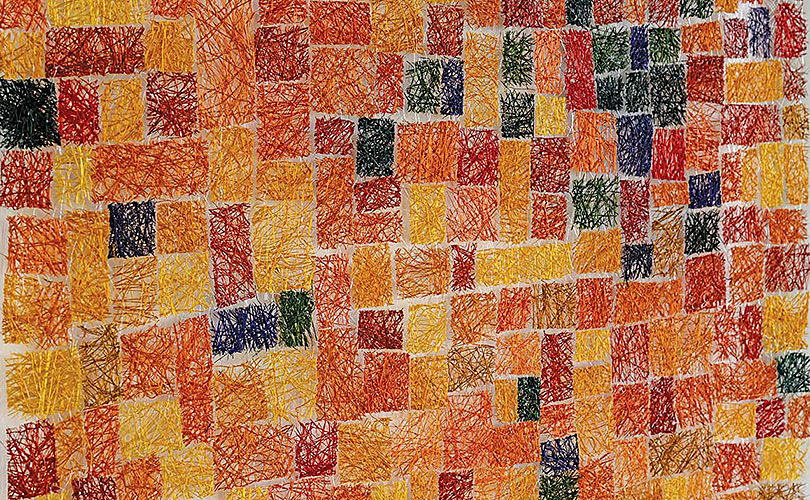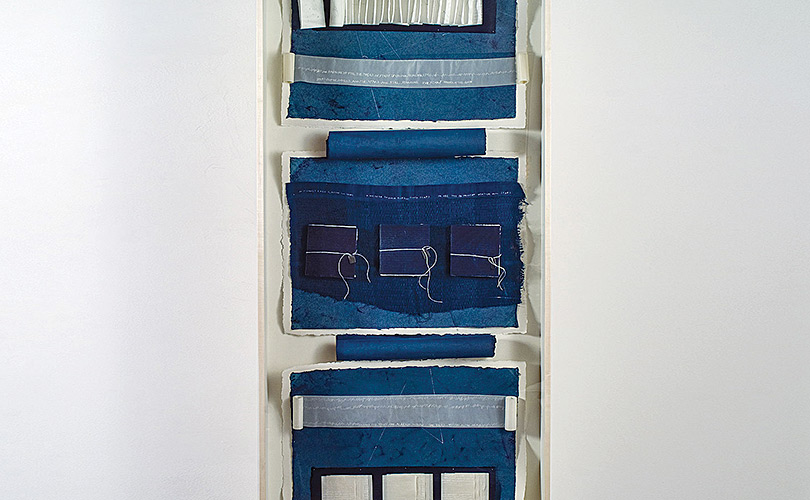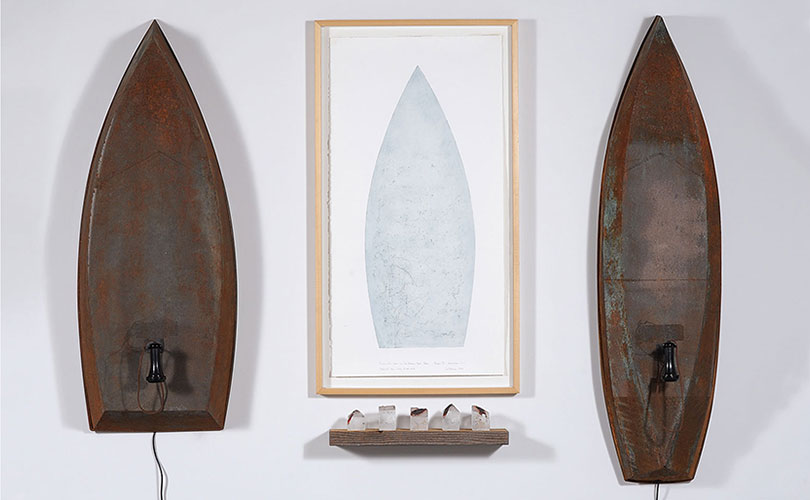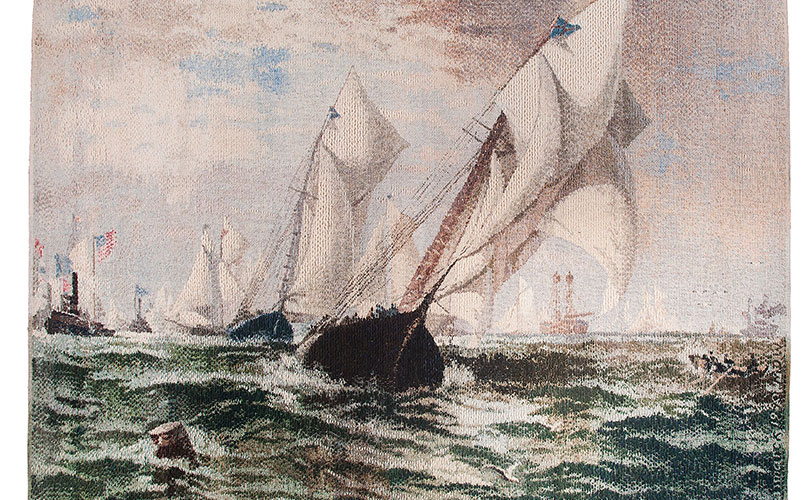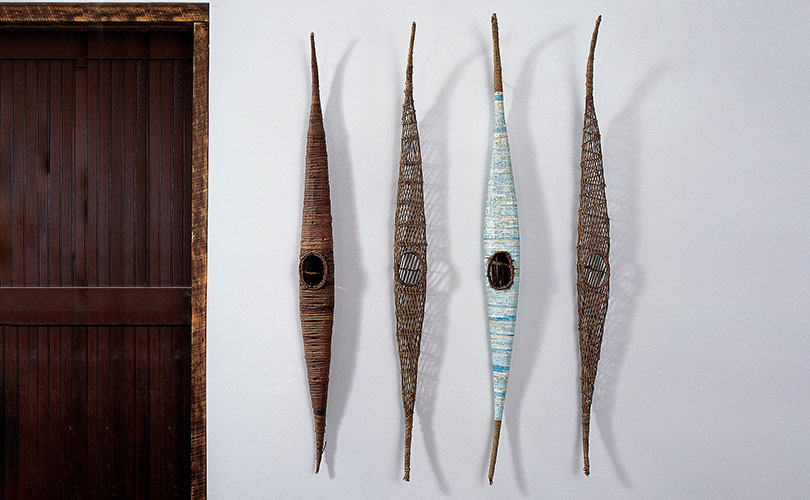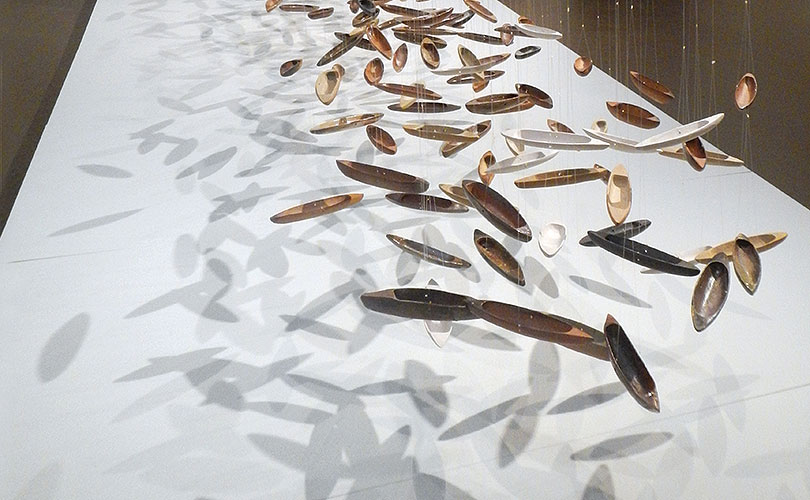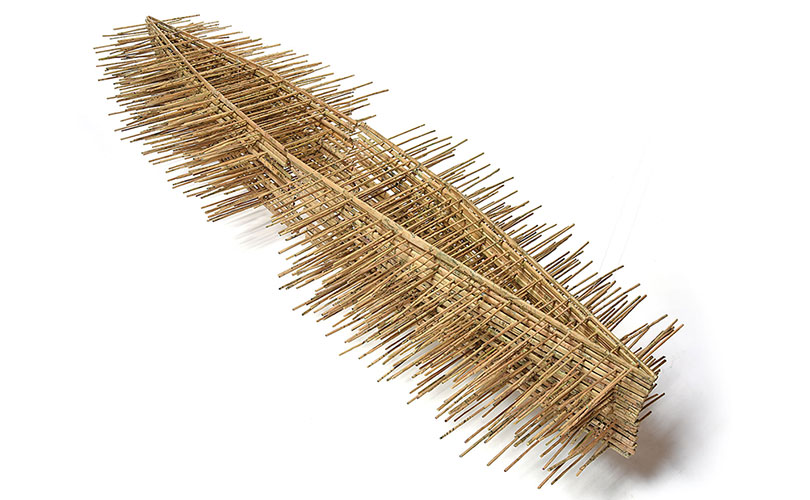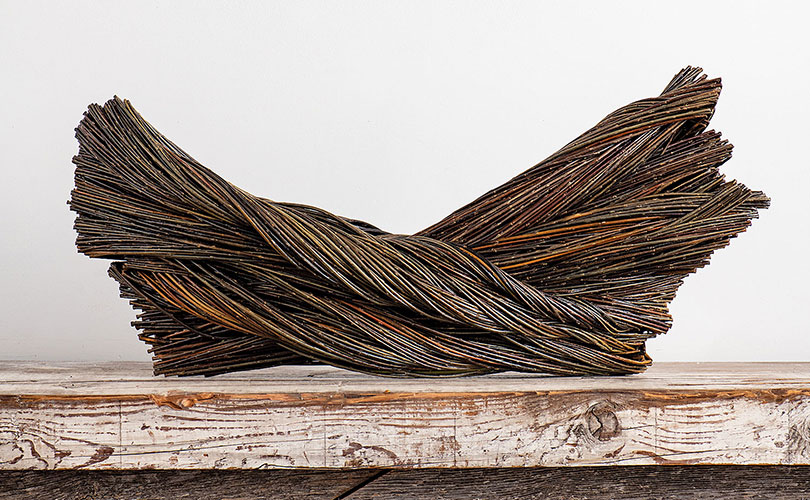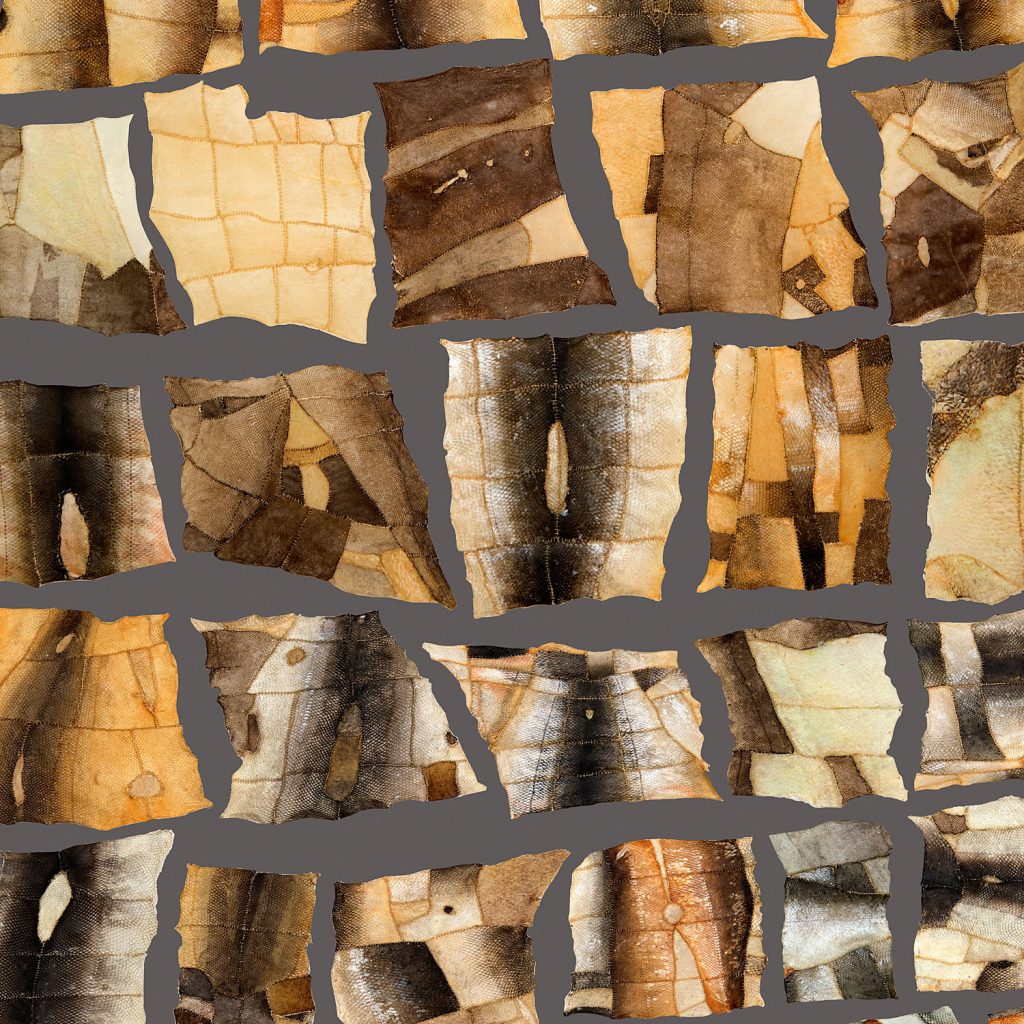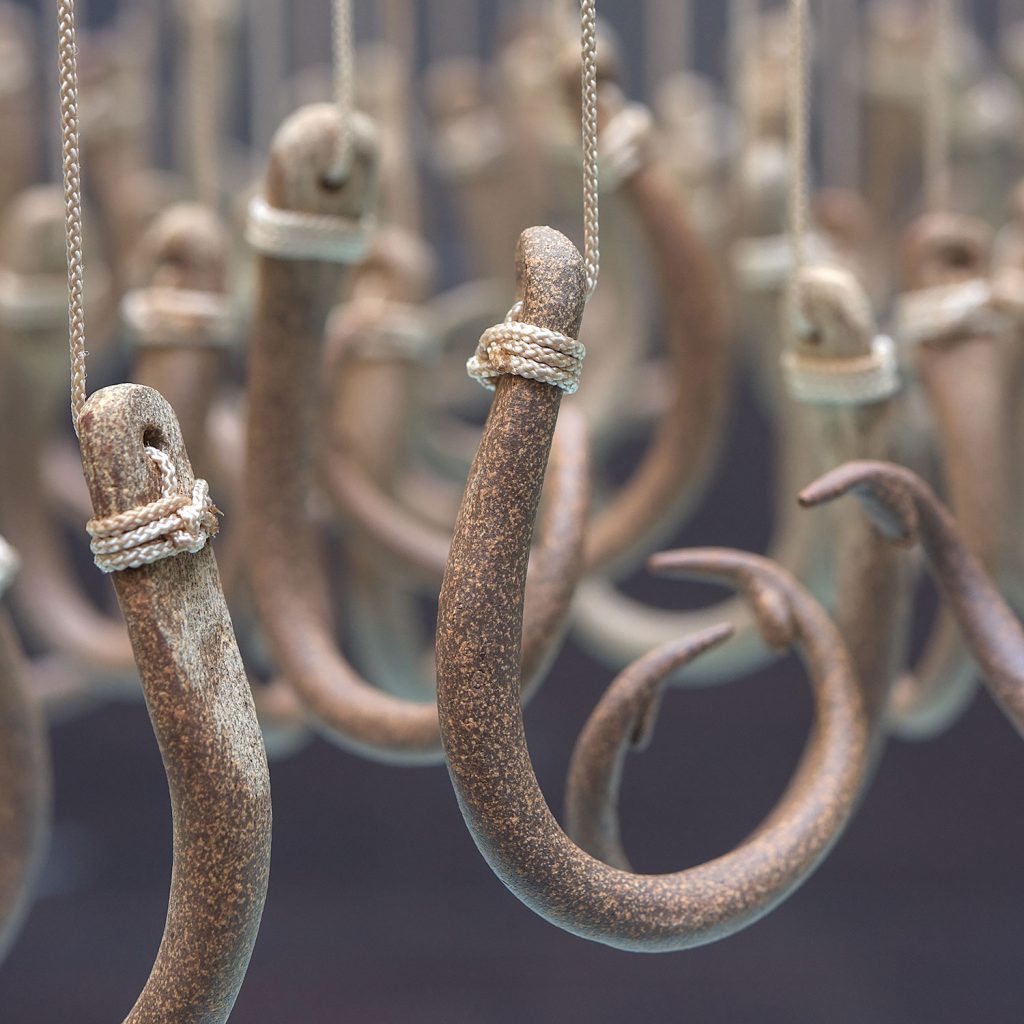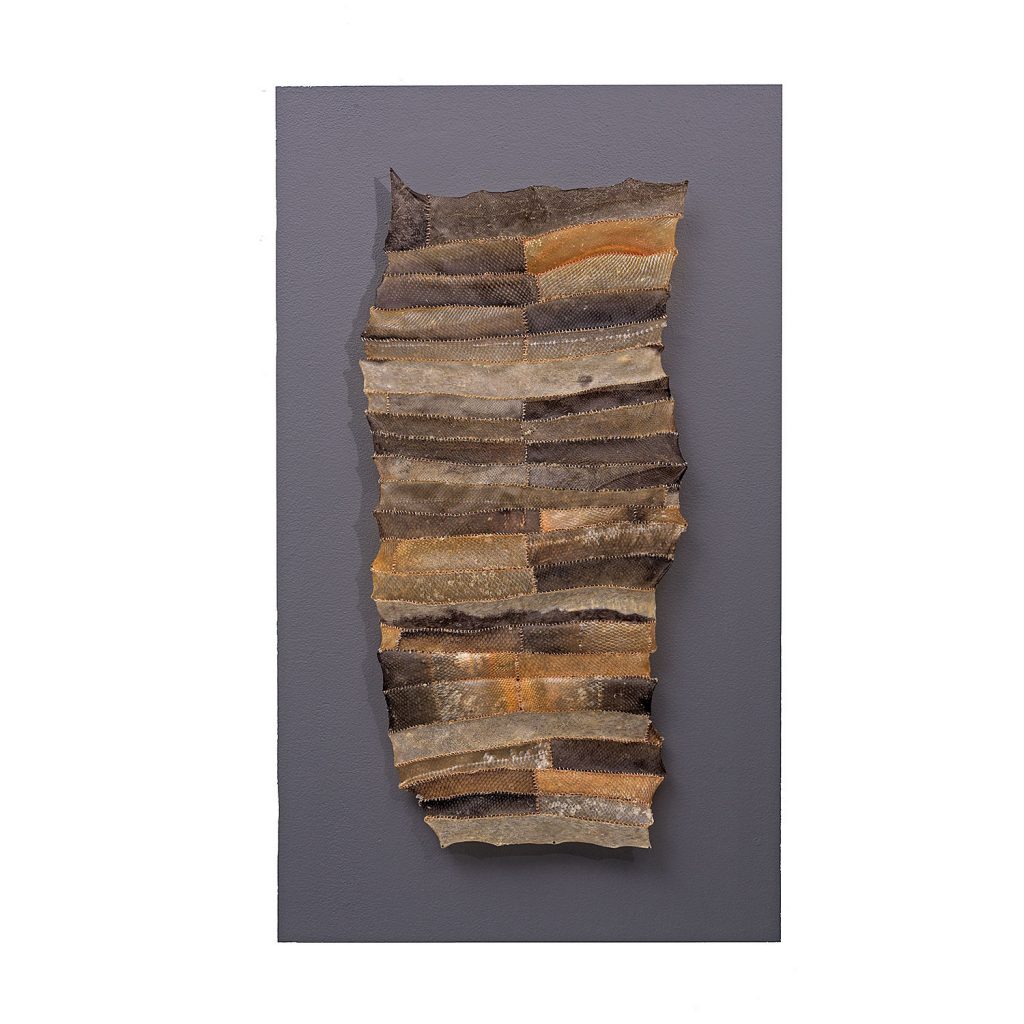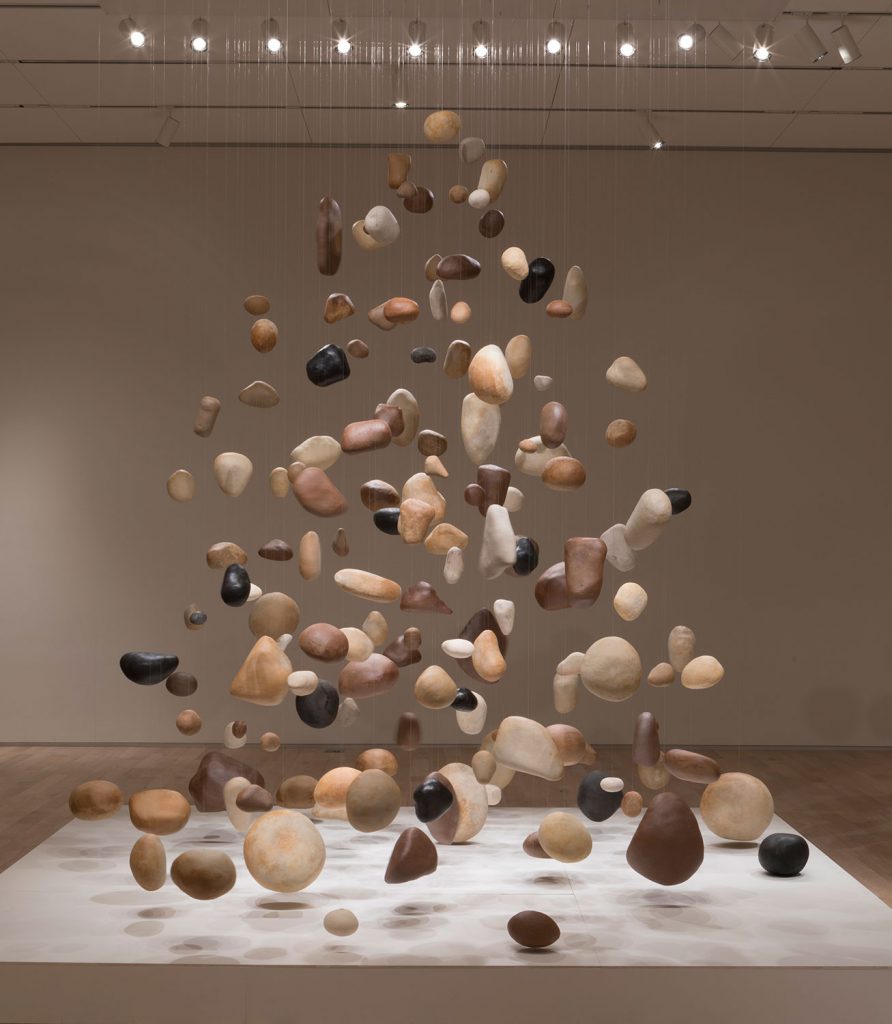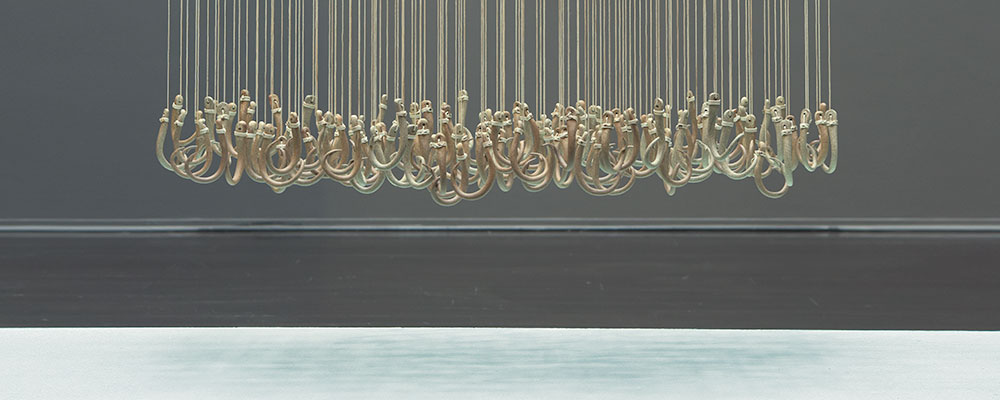As we welcome the new year, we’re excited to share the ongoing buzz around our current exhibition, Japandi Revisited: Shared Aesthetics and Influences, now live at the Wayne Art Center in Wayne, Pennsylvania. This exhibition, which opened on December 7, 2024, revisits the fascinating dialogue between Japanese and Scandinavian artists—a theme we first explored three years ago. We’ve uncovered even more intriguing connections and cultural influences that continue to shape the work of artists from Sweden, Finland, Norway, Denmark, and Japan. If you haven’t had a chance to see it yet, we’d love to have you join us before the show closes on January 25, 2025.
In addition to the exhibition, our New This Week series has spotlighted the work of six exceptional artists throughout December: Nancy Koenigsberg, Karyl Sisson, Annette Bellamy, Yeonsoon Chang, and Marian Bijlenga. Let’s take a look back at these inspiring artists and their contributions to the world of art.
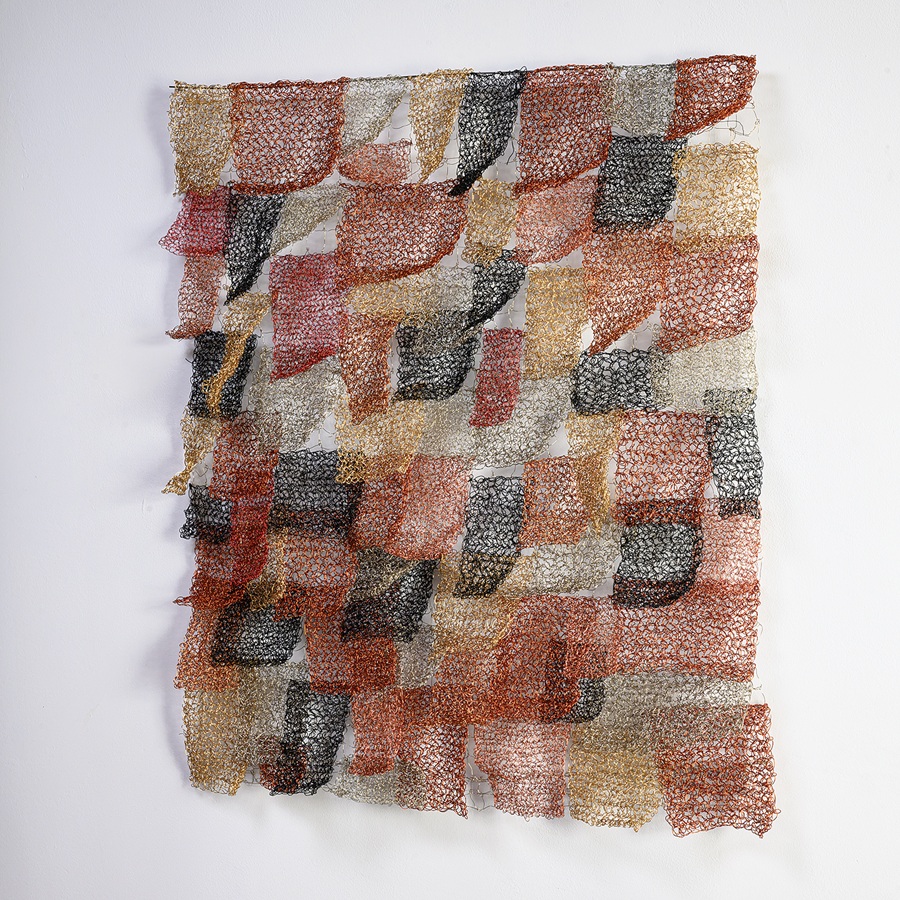
We started the month of December off by featuring the talented artist Nancy Koenigsberg, renowned for her intricate wire sculptures. Koenigsberg’s work challenges both visually and conceptually, with sculptures that are free-standing, wall-mounted, or part of installations. Her pieces are created using a variety of materials—copper, steel, and aluminum wire—woven and knotted into grids that are shaped and layered.
Koenigsberg’s use of materials that are both shiny and dull, fragile and industrial in strength, creates an interesting interplay between form and texture. This combination of contrasts has made her work notable in the contemporary art world, with an extensive exhibition history in the United States, Europe, and South America. Koenigsberg’s ability to work with both fragile and industrial materials, pushing the boundaries of wire as an artistic medium, has garnered her numerous commissions.
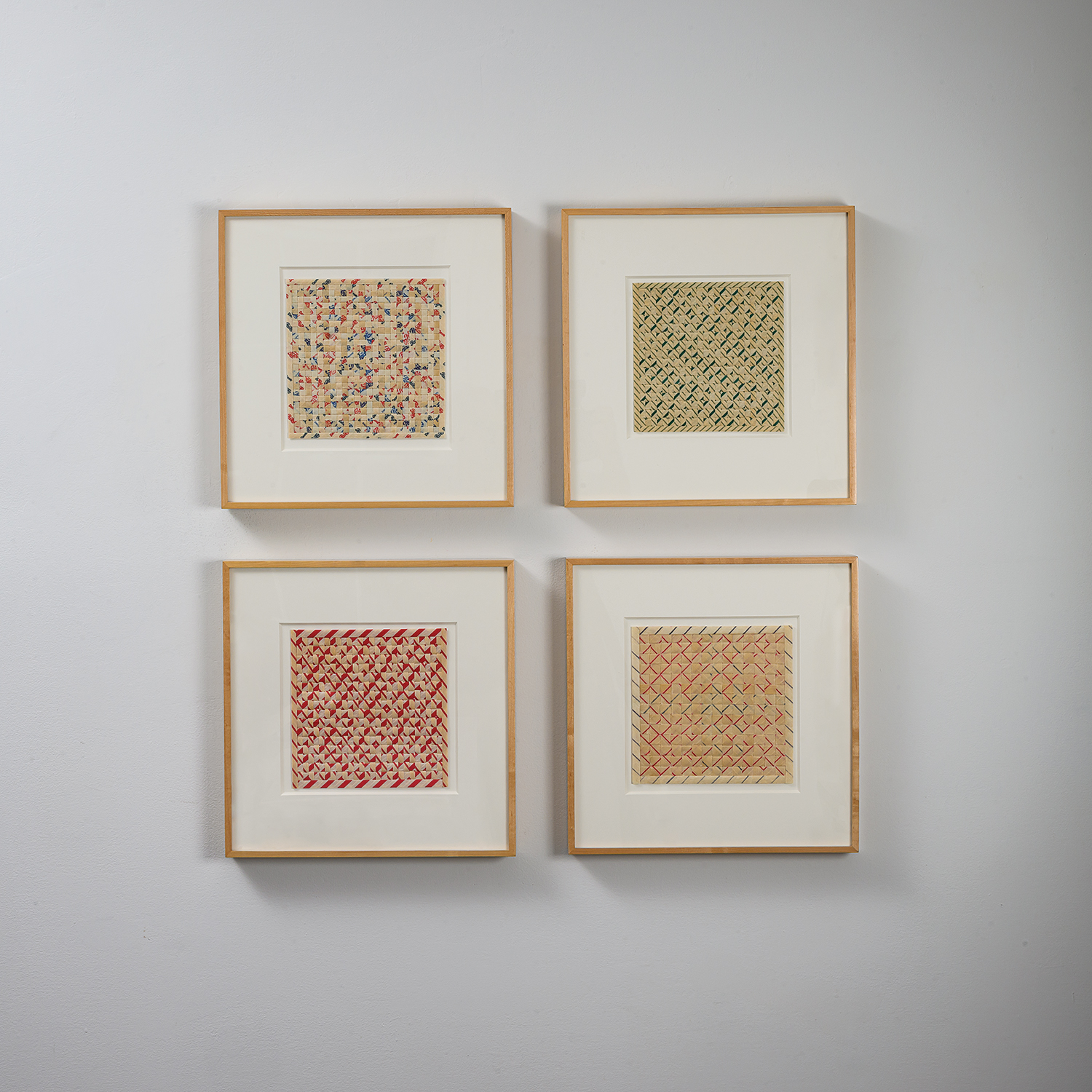
We continued the month by featuring the exceptional artist Karyl Sisson, whose work draws from the materials of everyday life. Based in Los Angeles, Sisson’s work explores the intersection of fiber art and sculpture, using materials both past and present to create intricate, textured forms. Her artistic influences range from the landscape of Los Angeles to microbiology and even fashion manufacturing, bringing a multidisciplinary approach to her practice.
Throughout her three-decade-long career, Sisson has consistently focused on pattern, repetition, and structure as central themes in her work, which she explores dimensionally. Drawing from her background in basketry and needlework, she transforms everyday materials into art that speaks to the complex relationships between domesticity, gender roles, and traditional craft.
Sisson’s recent work, particularly with paper straws, is inspired by cells and organisms, which inform the organic, growing shapes she creates. Her work has been featured in numerous museum collections, and she is part of the Craft in America collection, further cementing her place in the contemporary craft world.
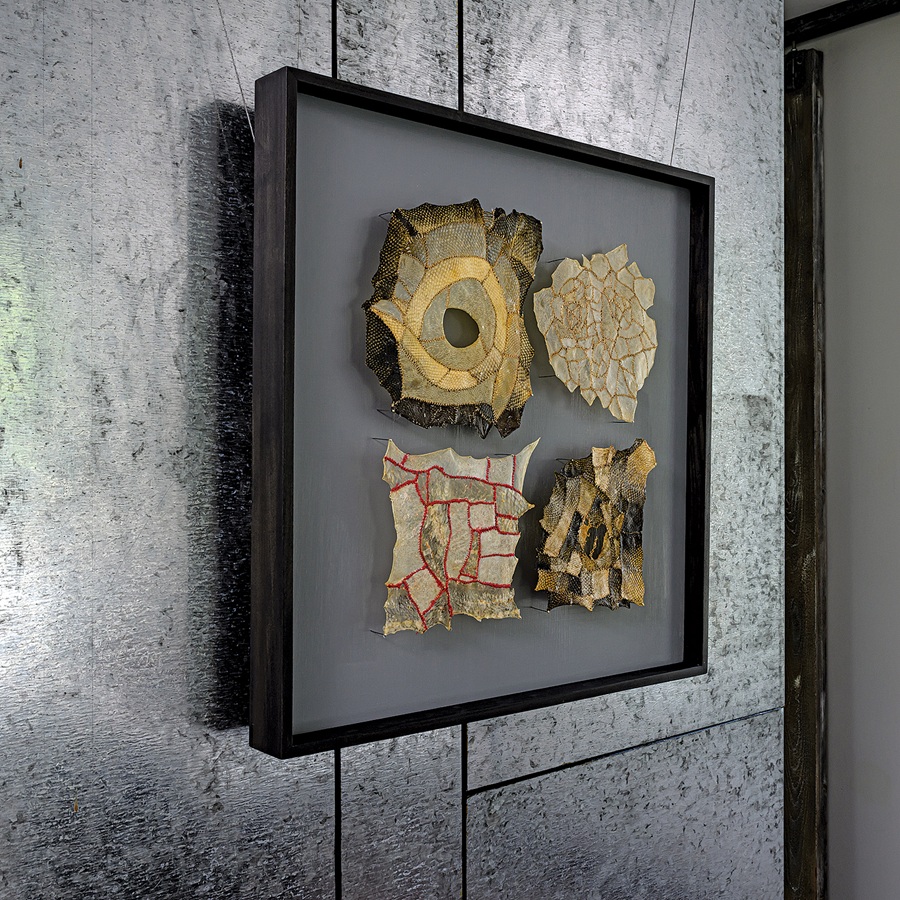
We then highlighted the work of Annette Bellamy, an artist based in Alaska whose work reflects her unique life experiences. Having spent many years commercially fishing in Alaska, Bellamy’s life on the water has deeply influenced her artistic practice. The physicality of both her work as a fisherwoman and her art-making process have fueled each other, creating a dynamic relationship between the two.
Bellamy strives to create art that communicates through a universal visual language. She works with both ceramics and textiles, weaving her life and experiences into pieces that speak to a broader audience. Her work reflects a balance of her life on the water and her craft, merging physicality and art with sensitivity and strength.
We are thrilled to have the opportunity to work with her and showcase her art!
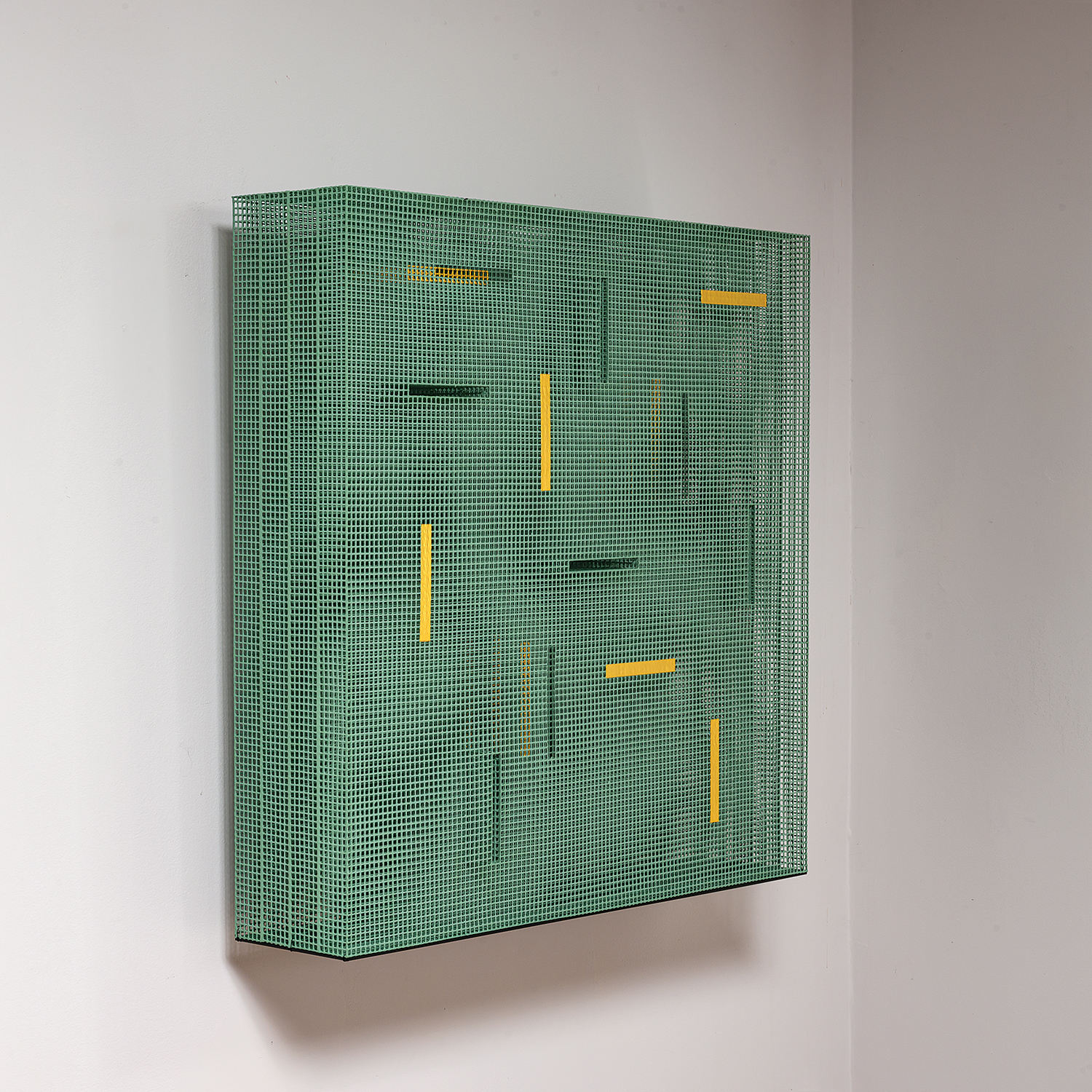
We continued our December features with Yeonsoon Chang, whose masterful use of Teflon mesh, pure gold leaf, and eco-resin creates a dynamic interplay of texture and form that blends the modern with the traditional.
Chang’s work beautifully bridges cultures and techniques, merging contemporary materials with ancient traditions, resulting in pieces that captivate both the eye and the mind. Her precision and delicate craftsmanship make her a standout figure in contemporary art. Chang received the Craft Design Award of the Year from the Korea Craft & Design Foundation in December.
With her innovative approach, Chang has developed an eco-friendly resin that she applies to structures crafted from abaca fibers and Teflon-coated glass-fiber mesh. She uses a special glue to attach gold leaf to the fibers, resulting in pieces that evolve with the light. As the light shifts, the structures change, casting intriguing shadows and reflecting or refracting light, transcending the functional to become art that’s constantly in motion.
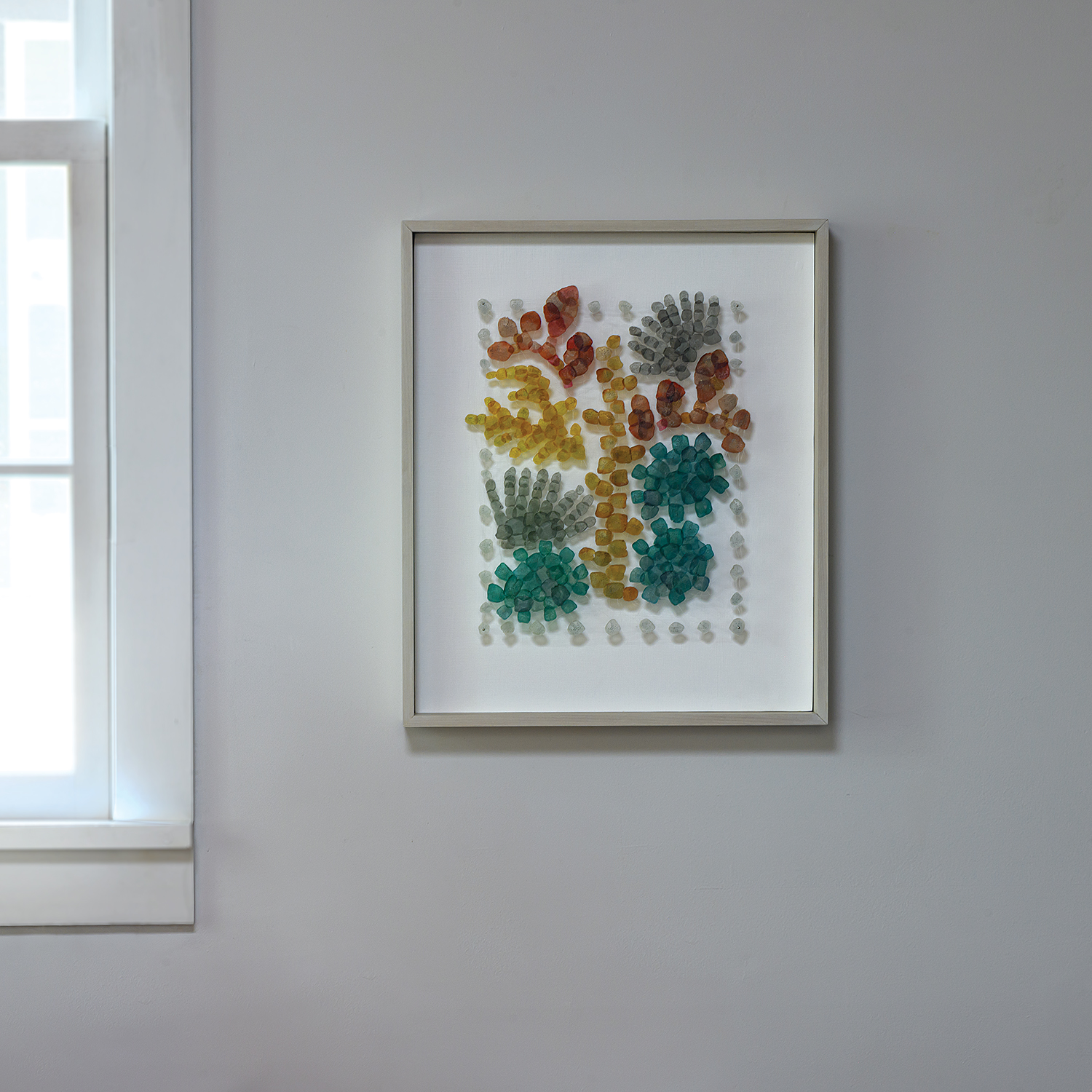
Finally, we turned our attention to Marian Bijlenga, whose work continues to challenge traditional notions of textile art. Known for her intricate woven sculptures and use of natural materials, Bijlenga explores the relationship between form, texture, and the space around her work.
Her pieces often play with the idea of repetition and the fluidity of materials, creating a dynamic conversation between the natural world and the human hand. Bijlenga’s work is celebrated internationally, and we are proud to feature her work at browngrotta arts.
Keep following along and stay tuned for more exciting updates all of 2025.

